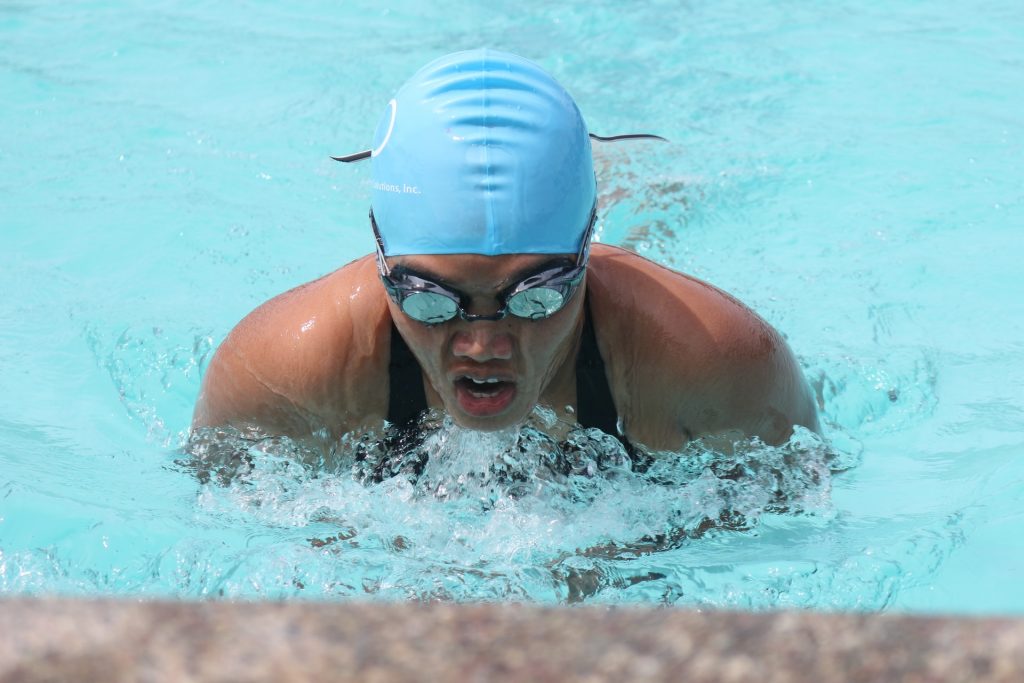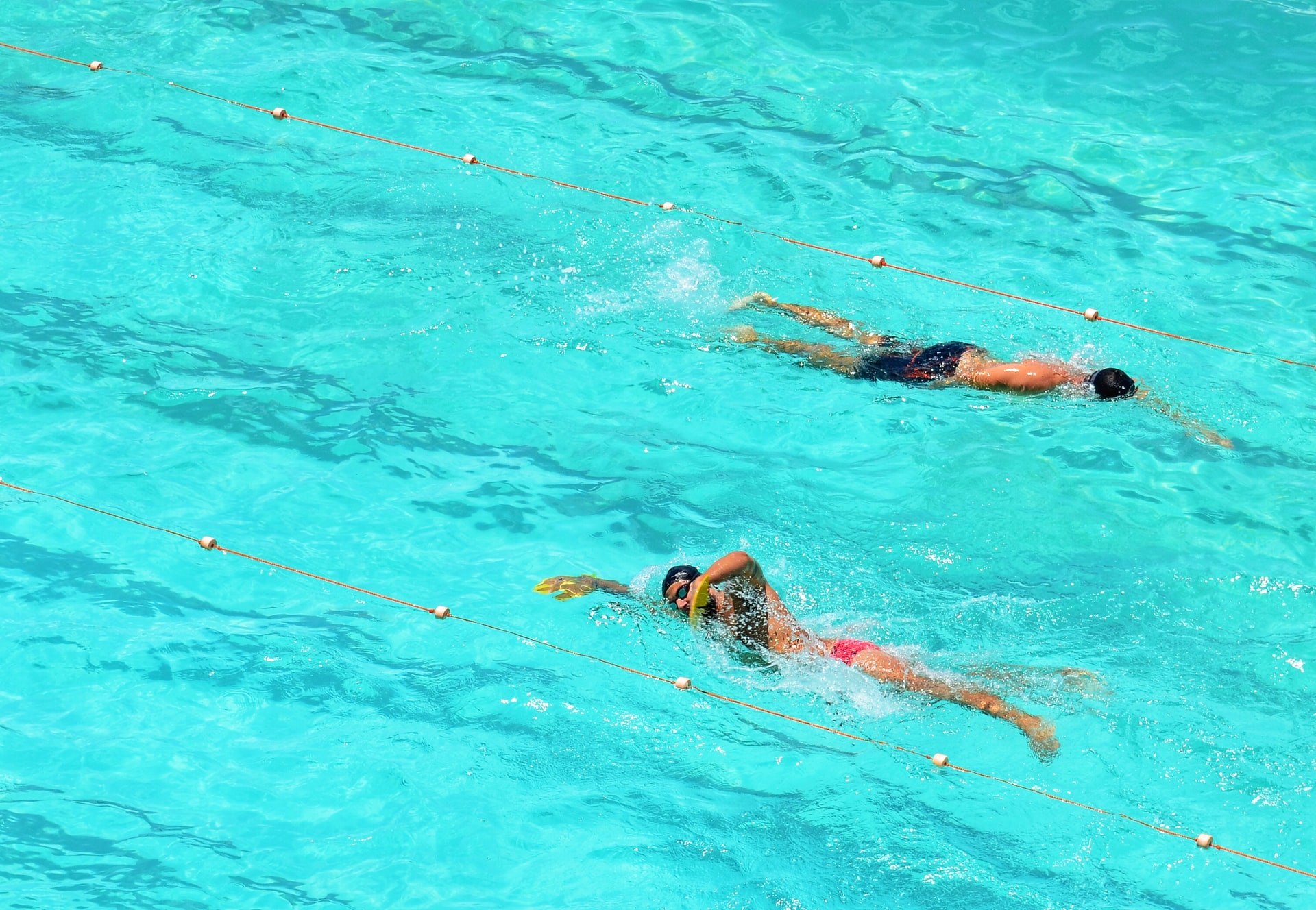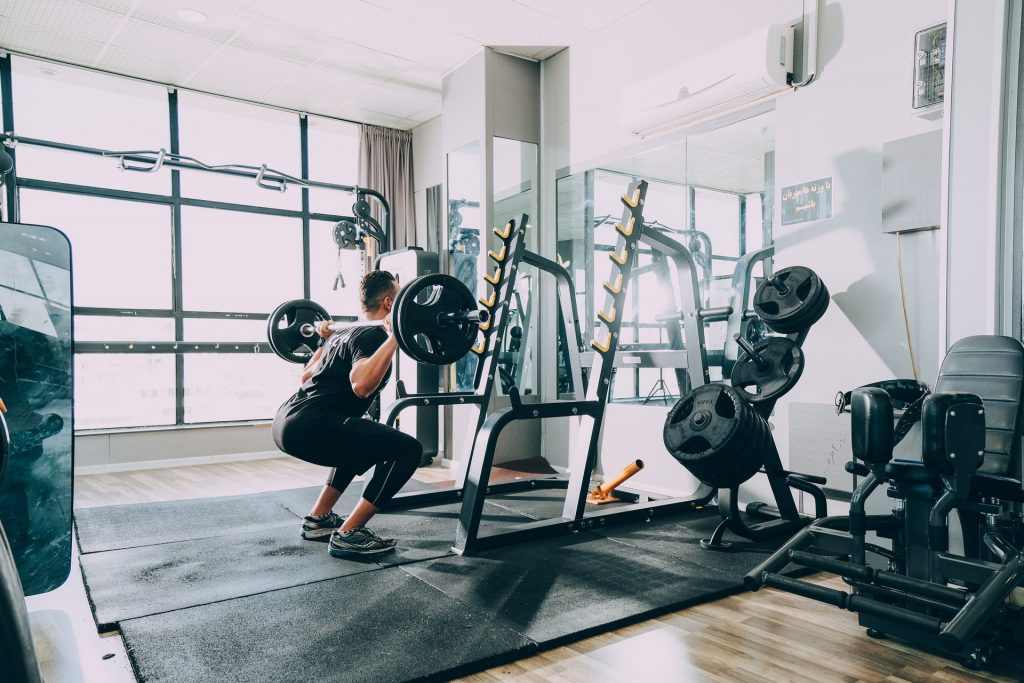
You want to get faster at swimming, right?
Practice, practice, practice is the key to success, as everyone is aware. To swim faster, you need to spend more time in the water, work on your technique, and get fitter. The answer to improving your swimming, though, is to “train smarter, not harder.”
You Are Ignorant of Your Own Ignorance
You must always remember that you are ignorant of your ignorance. What does that imply for swimmers who want to improve their speed? It implies that developing and honing your technique is one of the keys to becoming faster. Unfortunately, technique does not just naturally come to one. You can’t “figure it out” on your own. It requires effort, but instruction is more crucial. And no matter how often you practice, you won’t improve quicker if your technique is flawed or you’re missing a necessary component. In my view, improper practice leads to the formation of poor habits, making it worse than no practice.
So, instead of practicing harder, you should practice smarter if you want to develop quicker. And how can you practice more intelligently? Join a technique coaching program or hire a private swim instructor who can point you where your stroke is flawed and how to correct it. I won’t give away all the Swim lessons cost details now, but here are five essential abilities your coach will emphasize to make you a quicker swimmer:
 1) Tempo
1) Tempo
There is a rhythm to swimming that is extremely genuine, regardless of stroke or distance. Have you ever viewed swimmers compete professionally, such as at the Olympics? Take note of how fluid and coordinated their stroke is; they appear to be swimming to a beat, as if they were a metronome. Rhythm is that.
Timing your body’s various movements at a constant and predictable speed constitutes rhythm. Getting the perfect beat involves using your arms to push through the water, your legs to provide powerful kicks, your head position, and your breathing frequency (see below). Everything ought to flow together. Like in butterfly, every arm lift should be followed by two kicks, one smaller and one larger. It can be challenging to time when to kick during your pull. Even more challenging is to maintain that timing over 200 yards. You need to work on finding the proper rhythm regardless of the stroke or distance because it increases movement efficiency and uses less energy. You can travel farther and faster as a result.
2) Turning
Learning how to twist your body properly is another essential skill. The “long axis,” or hypothetical line that extends from the top of your head down between the heels of your two feet, is where you should be rotating in the backstroke and freestyle. For instance, you should almost feel like you are lying on your right side when performing an arm stroke with your right arm. You should be practically on your left side when your left arm is pulling. So how did you cross over to your left side from your right side? To improve your stroke, you rotated (while keeping rhythm!). You become more hydrodynamic as a result, which reduces the force of the water on your body and allows for stronger arm strokes. The outcome? quicker swimming.
The “short axis,” which crosses your stomach at the tops of your hips or belly button, is where you rotate for the breaststroke and butterfly. One of the best methods to accelerate your speed is to learn the appropriate feel and rotation for these strokes.
3) Breathing Management
Controlling your breathing is another another way to increase your speed. This is less of a concern when doing the backstroke, but when doing the other strokes at any distance, breathing becomes crucial. Generally speaking, you want to find a breath count that corresponds to the length of your swim. For instance, I didn’t allow myself to breathe more than twice during the entire 50-yard freestyle sprint event. However, I would take a breath every seven strokes during a 200-yard freestyle race. I was only permitted to breathe during a sprint for butterfly three times, or every three to four strokes for a longer race. Establishing and maintaining a breath count requires discipline. Start attempting to wean yourself off of breathing every few strokes. There are many of drills available to assist you improve your lung capacity.
4) Give Up Using Your Arms
One of my favorite advices is this. Too many swimmers believe that their strength and speed come from pushing through the water with their arms. Stop using your arms as much if you want to move more quickly. The only reason we utilized our arms, according to my former coach, was to keep our heads afloat so that our legs could propel us ahead. Where would the engine and propeller be located if you were to picture a motor boat? at the back. To use a metaphor, your legs should be the source of power you rely on the most to move quickly. Don’t get me wrong, arms are also very vital, but strengthening and increasing the force of your kicks will allow you to swim faster than your arms could ever hope to. Therefore, even if you feel like you’re kicking hard, you may kick even harder. Boost your kicks!
 5) Develop a solid fitness plan.
5) Develop a solid fitness plan.
This unconventional suggestion focuses less on the actual swim strokes and more on how to ensure that you are giving yourself enough time to practice and perfect those strokes. A swim exercise needs to be built and balanced properly. Once more, having a private coach or instructor is quite beneficial in this situation. But in general, developing a decent workout is not difficult.
The warm-up and cool-down phases of your workout are the most crucial. The truth. Making sure you properly warm up and get loose before your exercise and then fully relax your muscles afterward is the best use of your time in the water. However, most people don’t realize that your warm-up and cool-down are excellent litmus tests for determining whether your growth as a stroke survivor is improving. Muscle memory, or the practice of certain movements, is the key to swimming. The way that seems most natural to you should be the default way you move through the water. You want to avoid having to consciously consider whether your technique is correct. It ought to be automatic and ingrained. What is the greatest location to test that habit? a warm-up and cool-down for you. You’re doing well if you can finish a complete workout while keeping excellent form throughout the cool-down. Between the warm-up and cool-down, you’ll have plenty of opportunity to practice technique, run exercises, and concentrate on fitness. But how you begin and end your swim matters more than other workout aspects.
Conclusion
As I previously stated, the greatest method to use these suggestions to get quicker is to do so while following the guidance of a private coach or instructor. One such knowledgeable and devoted expert is your local Sunsational instructor. There is no substitute for a skilled individual instructor who can help you advance your swimming, even though filming yourself or having another swimmer observe and comment on your technique might be useful.


